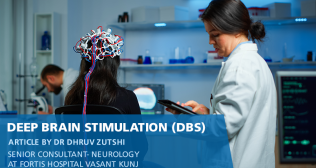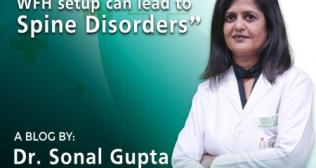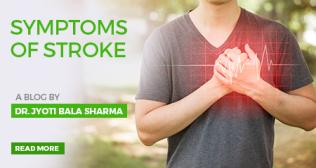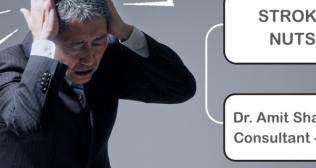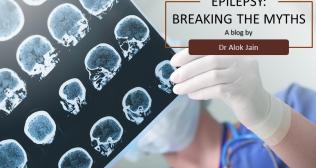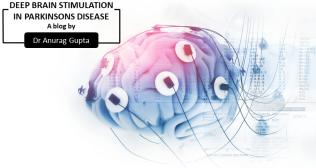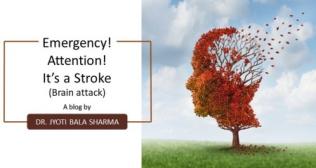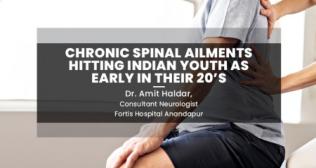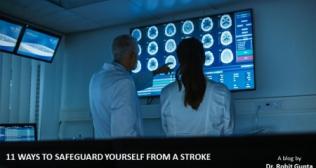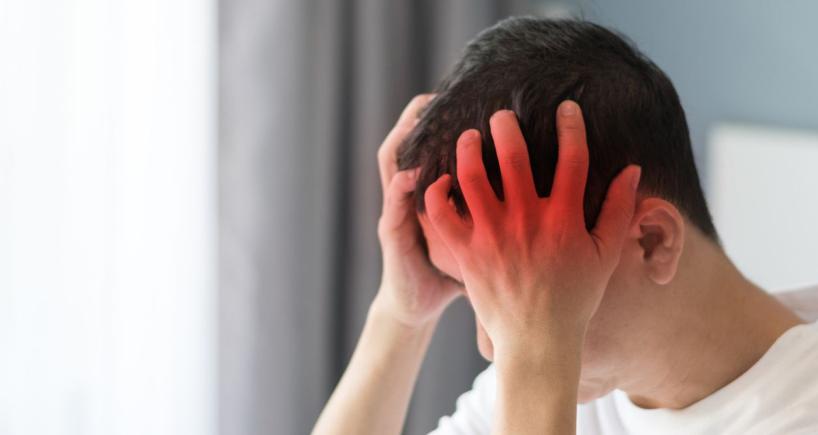
Migraine – More Than Just a Headache
Migraine is a common cause of frequent headaches. In a room with 100 people, 13 are likely to have migraine. This is as common as diabetes and asthma combined. Females are 3 times more likely to have migraine than males. Migraines can affect both adults and children.
Migraine is a kind of episodic headache that often starts with a mild headache and then gets worsen over a few minutes and is usually throbbing. It often affects one side of the head but may affect both sides, associated with nausea and sometimes vomiting, and sensitivity to light and noise, lying down in a quiet, dark room often helps.
About 25 percent of people with migraines experience an "aura" before the headache and see flashing lights, bright spots, or zig-zag lines, or lose part of their vision. The aura usually lasts a few minutes to an hour and then goes away, but most often lasts 15 to 30 minutes.
Migraine is generally thought of as a headache problem, but some patients may have a primary complaint of dizziness, ear pain, ear or head fullness, “sinus” pressure, and even fluctuating hearing loss. These patients often attribute migraine headache to sinusitis, or eyesight problem or consider it to be just a normal headache. Patients visit multiple specialists like ENT or eyes specialist but not the right one i.e. neurologist. Inadequately treated migraine profoundly compromises the quality of life.
Common migraine triggers for migraine include:
- Stress
- Hormonal changes (time period around menstrual cycle or mid-cycle)
- Skipping meals or not eating enough
- Changes in the weather and extreme weather - hot or cold
- Sleeping too much or too little
- Bright or flashing lights
- Noise and pollution
- Dehydration
- Drinking alcohol
- Eating certain foods, such as fermented food like south Indian food, Chinese food, chocolate, cheese, urad daal, rajma, citrus fruits, coffee, spicy oily food, and junk food. However, the food trigger may vary from person to person
- Smoking or being around smoke
- Strong odors like perfume, insect repellent, or petrol or diesel
Lifestyle Changes to Manage Migraine
- Practice good "sleep hygiene" (set consistent bedtimes and wake times, avoid caffeine, alcohol, and smoking before bed; do not look at your phone or other devices right before bed, keep all devices out of the bedroom)
- Eat healthy meals around the same time each day
- Maintain adequate hydration
- Get regular exercise, yoga, and meditation
- Learn relaxation techniques and ways to manage stress. (Minimise commuting distance, pursue hobbies, and maintain work-life balance)
- Avoid things that may trigger a migraine
Red Flags or Signs of Serious Headache
- Change in pattern of headache i.e. increase in frequency or severity of headache
- Headaches accompanied by fever, chills, night sweats, or muscle pain
- New headaches that develop in the setting of cancer, weight loss, or pregnancy.
- Headaches are associated with confusion, double vision, ringing in the ears, a stiff neck, or weakness on one side of the body.
If any of the red flags are present this is an emergency and urgent medical care should be sought.
Migraine Treatment
Migraine treatment has two components
- Acute attack treatment
- Preventive treatment
Acute attack treatment
Commonly used pain-killers like paracetamol, naproxen, or ibuprofen work effectively to suppress symptoms but when taken frequently, these can worsen the problem by causing rebound symptoms more intense than the original attack.
Migraine attacks can be managed by resting in a quiet, dark room with a cool cloth on your forehead, sleeping, along with medicines.
Preventive treatment
Trigger identification and avoidance and lifestyle changes are very important for the prevention of migraine. If despite adopting these changes headache is frequent, one should seek the help of a neurologist. Effective treatment can significantly improve the quality of life of a migraine patient.
Categories
Clear allMeet the doctor

- Neurology | Neurology
-
26 Years
-
1200







